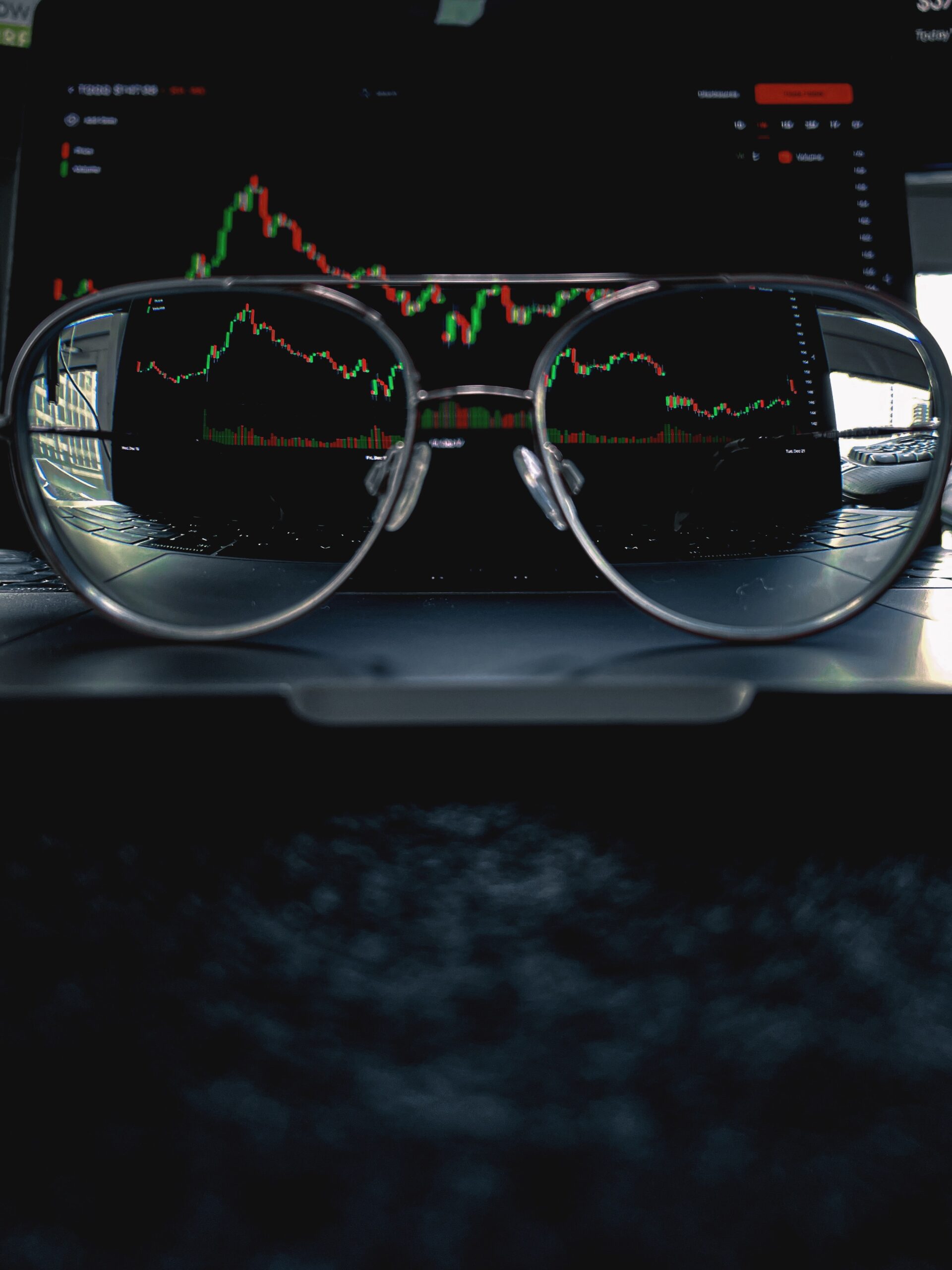With the markets in free fall, investors are scrambling as to what to do.
The buy and hold belief works great when markets are normal, but during times of severe pull backs, with the pain of seeing one’s hard earned savings evaporate daily, the conviction to stay the course is difficult to say the least. Indeed, over the long term, the chart of the Dow is up, and the current pull back on a long term chart is just one of many small dips. That said, times like these do make some investors pull the ripcord and jump out of the market. Historically, that has not worked well as in the past the markets have always come back and jumped higher than it was previous to the crash.
Those that do pull out, sit on the side lines and don’t get back in until there are months, even years of a prolonged recovery, only to get back in, once again becoming victim of FOMO (Fear of missing out).
I once believed buy and hold was the ticket, but in 1987, as a young trader, I saw $400,000 fall to $220,000 in two day.
The pain was unimaginable and I vowed to never make that mistake again.
I have rarely gone to all cash, with the exception of 2008 and March of 2020. Both of these events were complete obliterations of capital as markets cratered mercilessly. There were other times when I wished I had been in all cash. Hey it happens, but usually I exercise a middle ground strategy whereas the market falls, I sell stocks on the way down, a little at a time. There are many indicators I look at that help me, but the obvious one is the market itself.
If markets persist in cratering down, my cash percentage gets larger and larger. This accomplishes three things.
- Gets me out slowly, helping protect my capital from a complete obliteration (hey it can happen) Some analyst are calling for another leg down in the current market. ***
- Builds “dry powder” for a rebound, which up to now has always occurred
- Eases the pain of the fall as being proactive gives me a feeling I am doing something and not just sitting there losing money daily and hoping it stops.
The combination of these three actions and mental thoughts not only makes me not so anxious, but is smart money management in my opinion. Validating this opinion is the fact that almost all professional traders practice loss limiting practices, as they know being wiped out is always a possibility, although remote.
For those listening to the buy and hold crowd, I would ask: when told that, does it ease the pain even a little bit? Do you think seeing gains go away and then your principal threaten your mental and physical health? If you don’t sell anything, where will the money come from to buy stocks when the bloodletting stops if you’re all in and stay all in?
It doesn’t take a rocket scientist nor much common sense to arrive at the answers to these questions, and you’ll probably find you come up with the same answers I do, and those answers probably don’t jive with just sitting there doing nothing and hoping things get better.
This article expresses the opinion of Marc Cuniberti and is not meant as investment advice, nor represents the opinion of any bank, investment firm or RIA, nor this media outlet, its staff, members or underwriters. Mr. Cuniberti holds a B.A. in Economics with honors, 1979, SDSU, and California Insurance License #0L34249. His website is moneymanagementradio.com, and was recently voted Best Financial Advisor in Nevada County. (530) 559-1214
***https://www.businessinsider.in/stock-market/news/wharton-professor-jeremy-siegel-says-there-is-more-pain-to-come-for-stocks-as-the-bottom-is-likely-still-months-away/articleshow/89101705.cms


